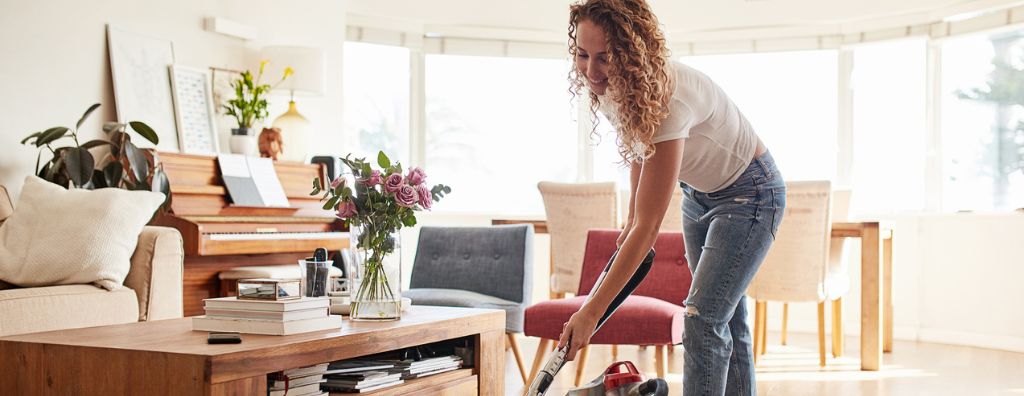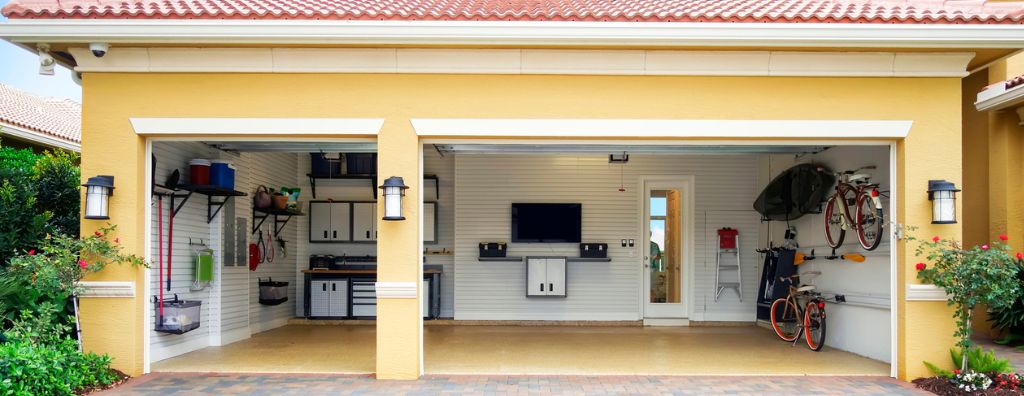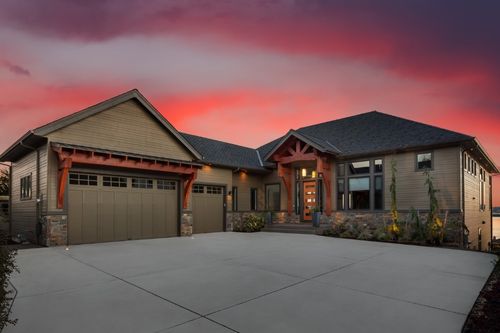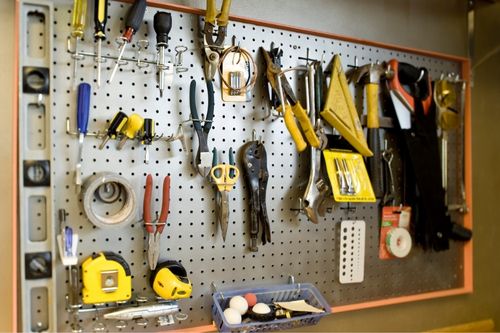All furniture has a shelf life, and your mattress is no different. Whether you sleep on a spring or memory foam mattress, the more proactive you can be about maintaining it, the better your chances of experiencing healthy, regular sleep. With a few simple tasks you can extend the life of your mattress and wake up every day feeling refreshed.
1. Clean Your Mattress Regularly
A clean mattress is the key to healthy sleep. Clean your mattress regularly according to the manufacturer’s instructions. Certain home cleaning supplies such as baking soda and essential oils can help to cleanse your mattress’s fabric, but they may be harmful to certain foam types. Vacuum before you clean to rid your mattress of dust and dirt using the attachment designed for cleaning upholstery. If your pets like to snuggle up in bed, you can count on their hair and fur getting trapped in your linens, so you may want to consider vacuuming more frequently to make sure everyone can sleep soundly.
2. Rotate Every Six Months
After laying in the same spot night after night, your mattress will begin to form to your body. Rotating your mattress every three-to-six months will give it a chance to refresh its structure and provide additional support. By simply flipping the foot end of the bed around to where you lay your head, it will feel like you’ve bought a brand-new mattress.
3. Use a Mattress Protector
Mattress protectors help to keep your bed as clean as possible by limiting damage caused by spills while keeping dust mites, sweat, dander, and pet hair/fur off your mattress. Made from organic cotton, organic mattress protectors are typically hypoallergenic and waterproof. They are helpful sleep aids for people with sensitivities to allergens and chemicals.
4. Support Your Mattress
Not properly supporting your mattress is a recipe for unhealthy sleep and a short lifespan for your bed. Check the manufacturer’s instructions to see if your mattress is meant to be coupled with a box spring, and if not, what kind of underneath support is required, given your mattress’s type and weight. Insufficient support can not only damage your bed but can also lead to physical complications such as soreness and back pain.
5. Handle Your Mattress with Care When Moving
During the moving process, the bed is often the center of attention. Large and clumsy, mattresses can be frustrating to maneuver from your bedroom to a moving vehicle. Fabric can easily be torn when navigating around corners, up and down stairs, through hallways, and sometimes even out of windows. Always work with a partner when moving your mattress or let the professionals handle it if you’re hiring a moving company. If you’re too hasty about getting it moved, you can easily damage it to the point where you’ll need to make a replacement.
 Facebook
Facebook
 X
X
 Pinterest
Pinterest
 Copy Link
Copy Link




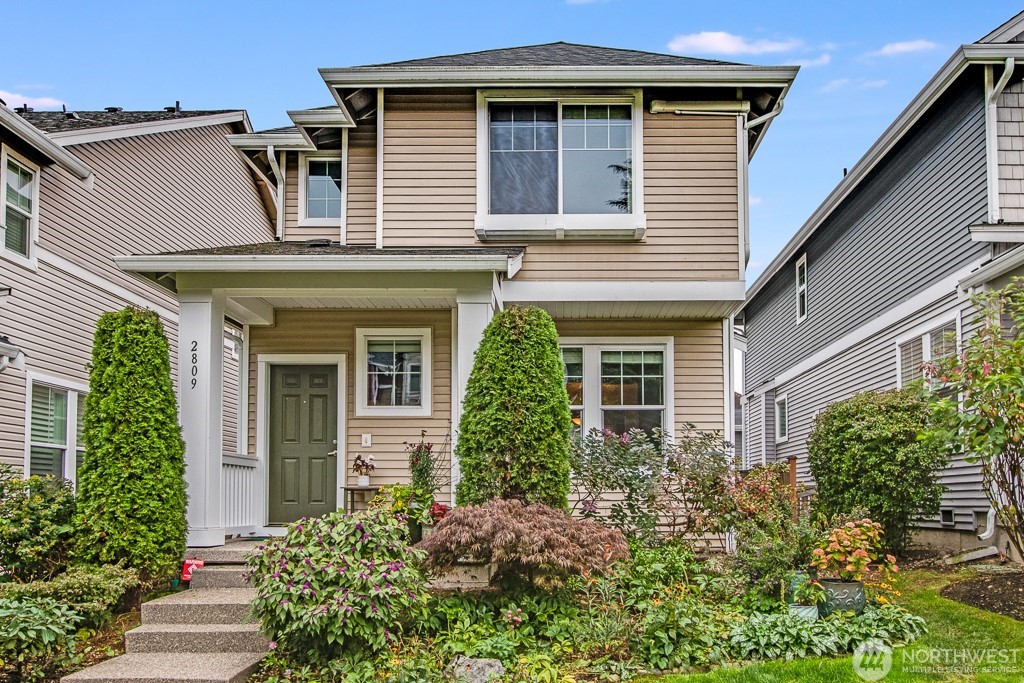
 2809 SW Bataan Street
2809 SW Bataan Street
 1707 Boylston Avenue #101
1707 Boylston Avenue #101

